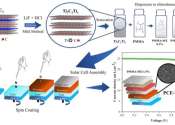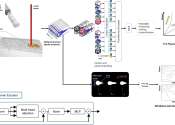Scalable photoelectrochemical system for solar hydrogen possible, if made from efficient all-perovskite materials
Our recent article published in Nature Energy relates our first attempt at the development of a scalable photoelectrochemical (PEC) system to produce green hydrogen.









